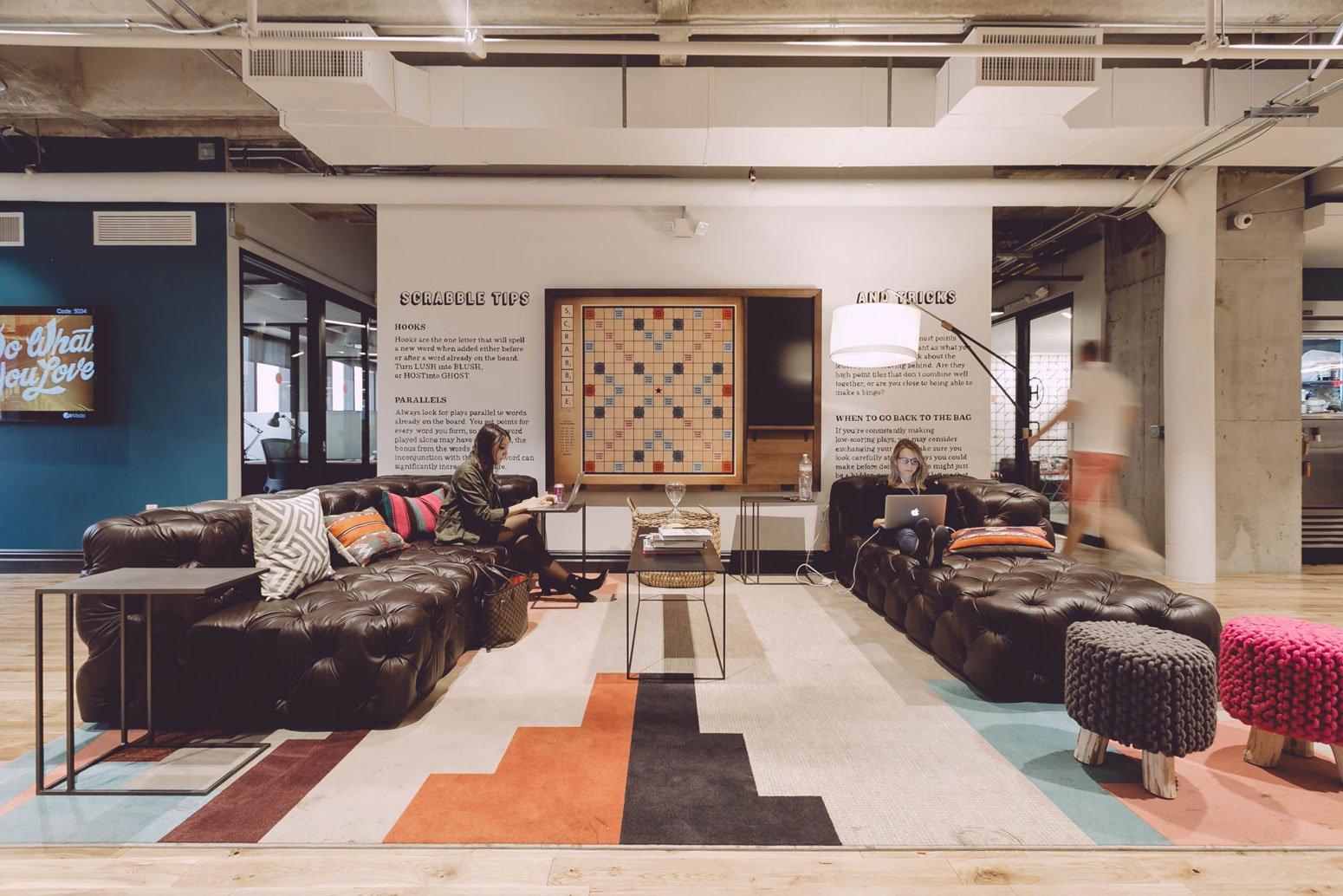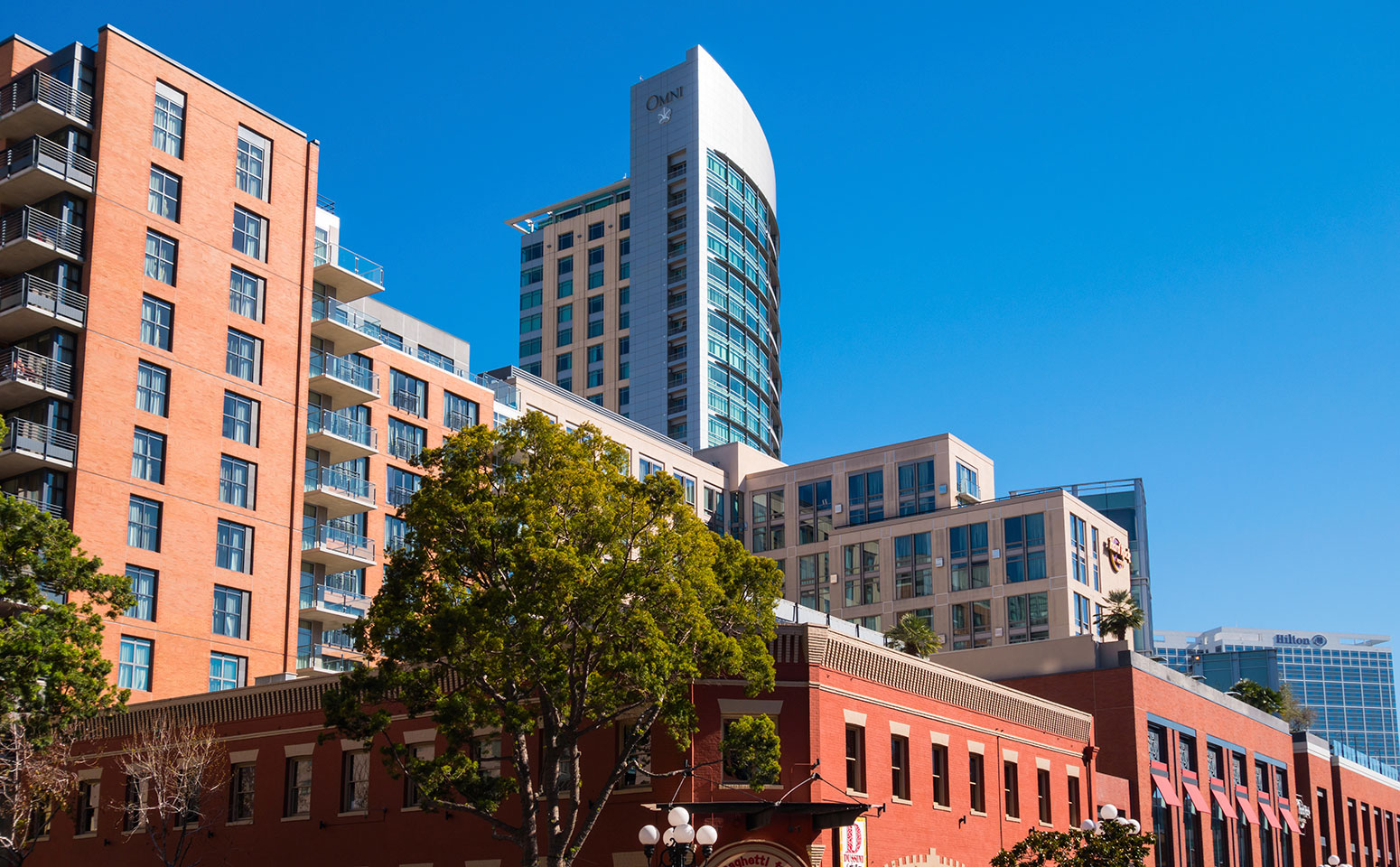By Star Hughes-Gorup
The twenty-first century has experienced a marked shift in the way that companies do business – and the lengths at which strong companies will go to attract top tier talent. With the rise of tech giants such as Facebook, Google, and Apple, who have built incredible, Disneyland-esque campuses to delight and inspire their teams, there has been a global shift in attitudes toward office space and the impact it has on a company’s culture.
There have always been high-end offices. Think Wall Street investment banks and mahogany-filled law firms. While styles in recent years have shifted from marble and wood paneling to glass, open ceilings, and polished concrete, a larger trend has also emerged. The change from building an office for your clients – to represent the firm’s external appearance, reputation, and brand – to building an office for your company. For the people who spend 40+ hours a week in a space that is their home away from home. For team members to enjoy, appreciate, and share with their local community. To help new talent realize their place in a company that cares enough about its team members to build an office where they are the sole focus. To retain employees, and to attract new ones. And to foster an environment of creativity, passion, and fun.

As the millennial generation slowly trades work-life balance for work-life integration, younger members of the workforce are increasingly attracted to offices that are not just places of business, but also part of their lifestyle. Take WeWork, for example. WeWork offers high-end coworking office spaces in lively, metropolitan parts of the biggest cities around the country. In these spaces, WeWork has cultivated a vibrant community of entrepreneurs, creatives, and freelancers who aren’t willing to sacrifice their quality of life by working in a place that doesn’t get them excited.
Something WeWork understands better than anyone is the importance of an office’s location in making it attractive to young professionals. The majority of millennials opt to live in urban areas, and it’s no surprise they prefer to work there too. Do you think the all-star talent employers seek would rather commute to the suburbs each day, where there are few restaurant options, and even fewer affordable housing options? Or would they rather live, work, and play in a fun, dynamic environment with more restaurants than they can choose from, live music venues, parks, activities, and lots of like-minded people? Companies are asking themselves these questions and realizing, more often than not, that their teams want to be downtown.
Not only that, but it is often in downtown areas where creatively minded companies find the most promising buildings to work with. It is in a city – not a suburb – that you’ll find historic high-rises and brick warehouses intermixed with high-tech, modern architecture. This is where creative workspace design can flourish – and this is what inspires companies today to make more than just an office out of their space.
With this shift, most downtown markets across the country are experiencing rising rates and shrinking vacancies in their most desirable, high-end buildings. And as vacancies fall, downtowns grow out, creating whole new pockets in already dense areas.

In San Diego, where Hughes Marino is headquartered, the rise of downtown has led to a resurgence of the East Village, a thriving neighborhood where our ballpark, new central library, bars and clubs, and even professional schools are located. It’s also where a sizable chunk of the millennial generation is choosing to live, as it’s affordable and right in the heart of the action.
The companies who are seeking to cater to this young, urban population are rethinking the traditional office space, transitioning to more team-focused layouts. They are spending money on things like art, statement furniture pieces, décor, and even fresh flowers delivered weekly to the office. They’re building gyms, gourmet kitchens, and game rooms. They’re upgrading furniture to best fit the needs of their team members, and investing in quality equipment such as ergonomic chairs, adjustable height workstations, and even treadmill desks! All of this has set a new standard for what “traditional” office spaces in the future will look like – and it’s only going to get better from here.
It’s an exciting time for downtowns everywhere, the companies that are flocking to them, and the young professionals who are working there. As millennials start to emerge as leaders in the workforce, the rise of downtown, and the reimagining of corporate office space that’s gone with it, looks like a trend that’s here to stay.
Star Hughes-Gorup is executive vice president and director at Hughes Marino, a global corporate real estate advisory firm that exclusively represents tenants and buyers. Star is a key member of Hughes Marino’s brokerage team, where she specializes in tenant representation and building purchases. Star also makes frequent media appearances to speak on business issues from a millennial perspective, and regularly writes for Hughes Marino’s “Spaces We Love” blog. Contact Star at 1-844-662-6635, or star@hughesmarino.com.


